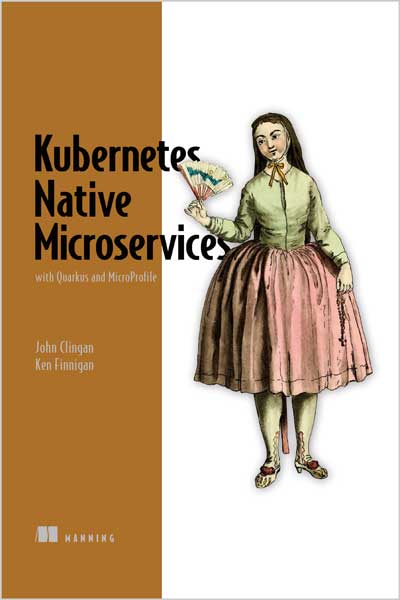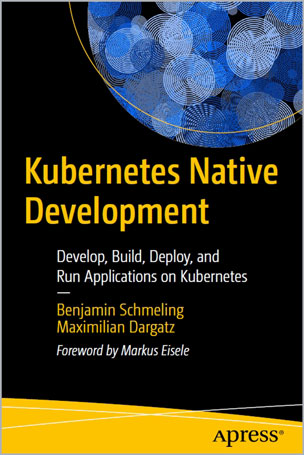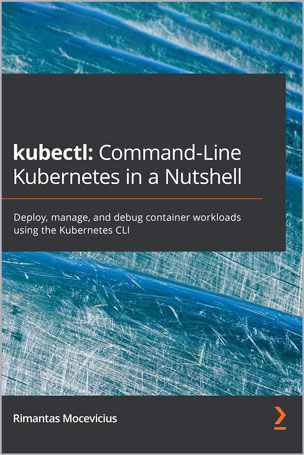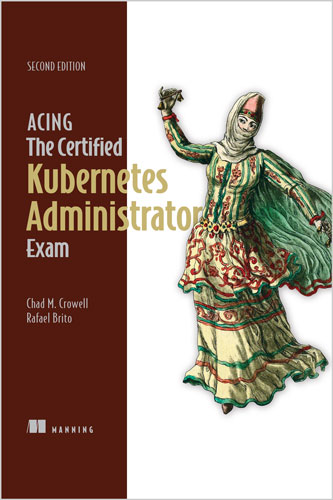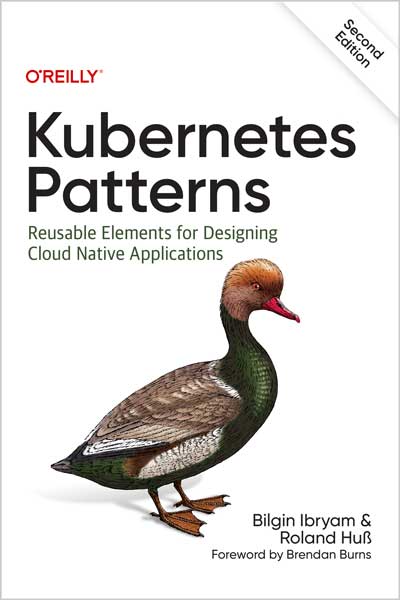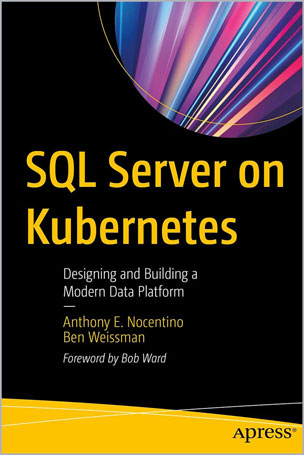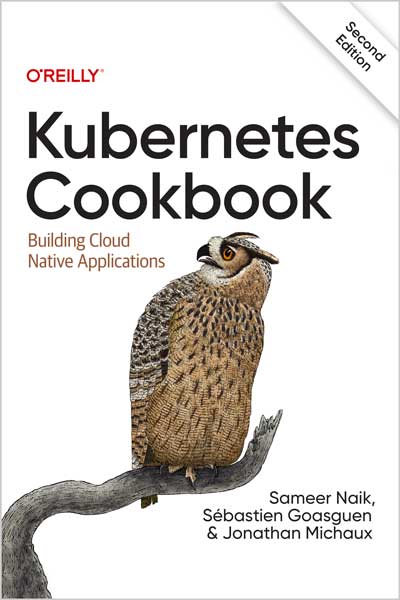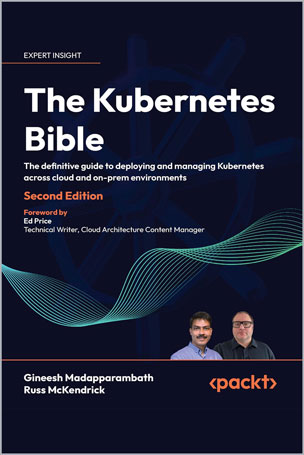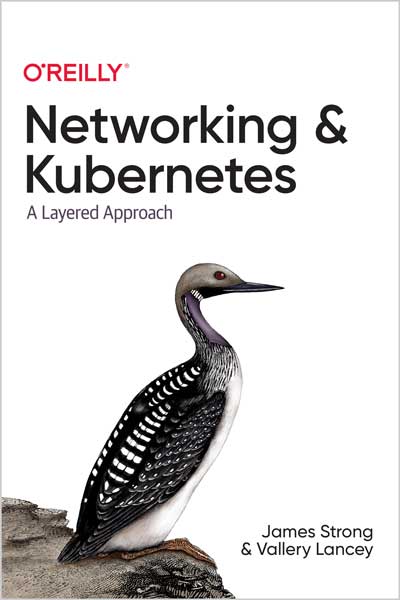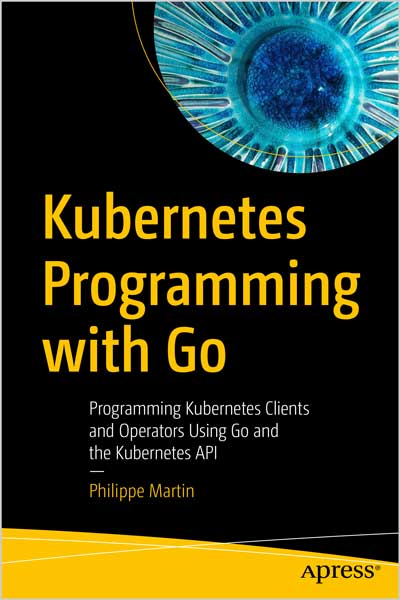Dive into the Future of InfrastructureBrendan Burns, Joe Beda, Kelsey Hightower, and Lachlan Evenson
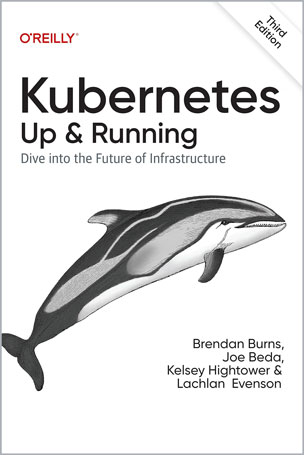
#Kubernetes
#Up_and_Running
#ConfigMaps
#DaemonSets
#HTTP
تنها در عرض پنج سال، Kubernetes شیوهی ساخت، استقرار و نگهداری اپلیکیشنها در فضای ابری را بهطور بنیادین تغییر داده است. با استفاده از نسخهی بهروزشدهی سوم این کتاب، خواهید آموخت که چگونه این ارکسترکنندهی محبوب کانتینرها میتواند سرعت، چابکی، پایداری و بهرهوری سازمان شما را به سطحی جدید برساند—چه در زمینهی سیستمهای توزیعشده تازهکار باشید، چه تجربهی استقرار اپلیکیشنهای cloud-native را داشته باشید.
Brendan Burns، Joe Beda، Kelsey Hightower و Lachlan Evenson—از اعضای کلیدی تیم توسعه Kubernetes در Google و سایر شرکتها—توضیح میدهند که این سیستم چگونه در چرخهی عمر یک اپلیکیشن توزیعشده جای میگیرد.
توسعهدهندگان نرمافزار، مهندسان و معماران سیستم، با ابزارها و APIهایی آشنا میشوند که امکان خودکارسازی سیستمهای مقیاسپذیر توزیعشده را فراهم میکنند—چه برای خدمات آنلاین، اپلیکیشنهای یادگیری ماشین یا حتی خوشههایی مبتنی بر Raspberry Pi.
این راهنما به شما آموزش میدهد چگونه:
- یک خوشهی ساده ایجاد کنید تا نحوهی عملکرد Kubernetes را بیاموزید
- وارد جزئیات استقرار اپلیکیشنها با استفاده از Kubernetes شوید
- با ابجکتهای تخصصی در Kubernetes مانند DaemonSetها، Jobها، ConfigMapها و Secretها کار کنید
- استقرارهایی را بررسی کنید که چرخهی عمر کامل یک اپلیکیشن را دربرمیگیرند
- با مثالهای عملی، نحوهی توسعه و استقرار اپلیکیشنهای واقعی در Kubernetes را بیاموزید
این کتاب یک راهنمای عملی و بهروز برای همهی کسانی است که میخواهند Kubernetes را نه فقط از نظر مفهومی، بلکه در سناریوهای واقعی و قابل اجرا یاد بگیرند و بهکار ببندند.
In just five years, Kubernetes has radically changed the way developers and ops personnel build, deploy, and maintain applications in the cloud. With this book's updated third edition, you'll learn how this popular container orchestrator can help your company achieve new levels of velocity, agility, reliability, and efficiency--whether you're new to distributed systems or have been deploying cloud native apps for some time.
Brendan Burns, Joe Beda, Kelsey Hightower, and Lachlan Evenson--who have worked on Kubernetes at Google and beyond--explain how this system fits into the life cycle of a distributed application. Software developers, engineers, and architects will learn ways to use tools and APIs to automate scalable distributed systems for online services, machine learning applications, or even a cluster of Raspberry Pi computers.
This guide shows you how to:
- Create a simple cluster to learn how Kubernetes works
- Dive into the details of deploying an application using Kubernetes
- Learn specialized objects in Kubernetes, such as DaemonSets, jobs, ConfigMaps, and secrets
- Explore deployments that tie together the lifecycle of a complete application
- Get practical examples of how to develop and deploy real-world applications in Kubernetes
Table of Contents
Chapter 1. Introduction
Chapter 2. Creating and Running Containers
Chapter 3. Deploying a Kubernetes Cluster
Chapter 4. Common kubectl Commands
Chapter 5. Pods
Chapter 6. Labels and Annotations
Chapter 7. Service Discovery
Chapter 8. HTTP Load Balancing with Ingress
Chapter 9. ReplicaSets
Chapter 10. Deployments
Chapter 11. DaemonSets
Chapter 12. Jobs
Chapter 13. ConfigMaps and Secrets
Chapter 14. Role-Based Access Control for Kubernetes
Chapter 15. Service Meshes
Chapter 16. Integrating Storage Solutions and Kubernetes
Chapter 17. Extending Kubernetes
Chapter 18. Accessing Kubernetes from Common Programming Languages
Chapter 19. Securing Applications in Kubernetes
Chapter 20. Policy and Governance for Kubernetes Clusters
Chapter 21. Multicluster Application Deployments
Chapter 22. Organizing Your Application
From the Preface
Kubernetes would like to thank every sysadmin who has woken up at 3 a.m. to restart a process. Every developer who pushed code to production only to find that it didn’t run like it did on their laptop. Every systems architect who mistakenly pointed a load test at the production server because of a leftover hostname that they hadn’t updated. It was the pain, the weird hours, and the weird errors that inspired the development of Kubernetes. In a single sentence: Kubernetes intends to radically simplify the task of building, deploying, and maintaining distributed systems. It has been inspired by decades of real-world experience building reliable systems, and it has been designed from the ground up to make that experience if not euphoric, at least pleasant. We hope you enjoy the book!
Who Should Read This Book
Whether you are new to distributed systems or have been deploying cloud native systems for years, containers and Kubernetes can help you achieve new levels of velocity, agility, reliability, and efficiency. This book describes the Kubernetes cluster orchestrator and how its tools and APIs can be used to improve the development, delivery, security, and maintenance of distributed applications. Though no previous experience with Kubernetes is assumed, to make maximal use of the book, you should be comfortable building and deploying server-based applications. Familiarity with concepts like load balancers and network storage will be useful, though not required. Likewise, experience with Linux, Linux containers, and Docker, though not essential, will help you make the most of this book.
Why We Wrote This Book
We have been involved with Kubernetes since its very beginnings. It has been truly remarkable to watch it transform from a curiosity largely used in experiments to a crucial production-grade infrastructure that powers large-scale production applications in varied fields, from machine learning to online services. As this transition occurred, it became increasingly clear that a book that captured both how to use the core concepts in Kubernetes and the motivations behind the development of those concepts would be an important contribution to the state of cloud native application development. We hope that in reading this book, you not only learn how to build reliable, scalable applications on top of Kubernetes but also receive insight into the core challenges of distributed systems that led to its development.
Why We Updated This Book
The Kubernetes ecosystem has continued to grow and evolve since the first and second editions of this book. There have been many Kubernetes releases, and many more tools and patterns for using Kubernetes have become de facto standards. In the third edition, we focused on the addition of topics that have grown in interest in the Kubernetes ecosystem including security, accessing Kubernetes from programming languages, as well as multicluster application deployments. We also updated all of the existing chapters to reflect the changes and evolution in Kubernetes since the first and second editions. We fully expect to revise this book again in a few years (and look forward to doing so) as Kubernetes continues to evolve.
A Word on Cloud Native Applications Today
From the first programming languages, to object-oriented programming, to the development of virtualization and cloud infrastructure, the history of computer science is a history of the development of abstractions that hide complexity and empower you to build ever more sophisticated applications. Despite this, the development of reliable, scalable applications is still dramatically more challenging than it ought to be. In recent years, containers and container orchestration APIs like Kubernetes have proven to be an important abstraction that radically simplifies the development of reliable, scalable distributed systems. Containers and orchestrators enable developers to build and deploy applications with a speed, agility, and reliability that would have seemed like science fiction only a few years ago.
About the Author
Brendan Burns is the cofounder of the Kubernetes open source project. He is also a Distinguished Engineer at Microsoft on the Azure team.
Joe Beda is the lead engineer for the Google Compute Engine project. He has been at Google for ~8 years and, besides GCE, Joe has worked on Google Talk, Goog-411 and Adwords keyword suggestions. Before Google, Joe was an engineer at Microsoft working on IE and WPF.
Kelsey Hightower has worn every hat possible throughout his career in tech and enjoys leadership roles focused on making things happen and shipping software. Kelsey is a strong open source advocate focused on building simple tools that make people smile. When he isn't slinging Go code, you can catch him giving technical workshops covering everything from programming to system administration.
Lachie Evenson is a principal program manager on the container compute team at Microsoft Azure. He’s helped numerous people onboard to Kubernetes through both hands-on teaching and conference talks.
